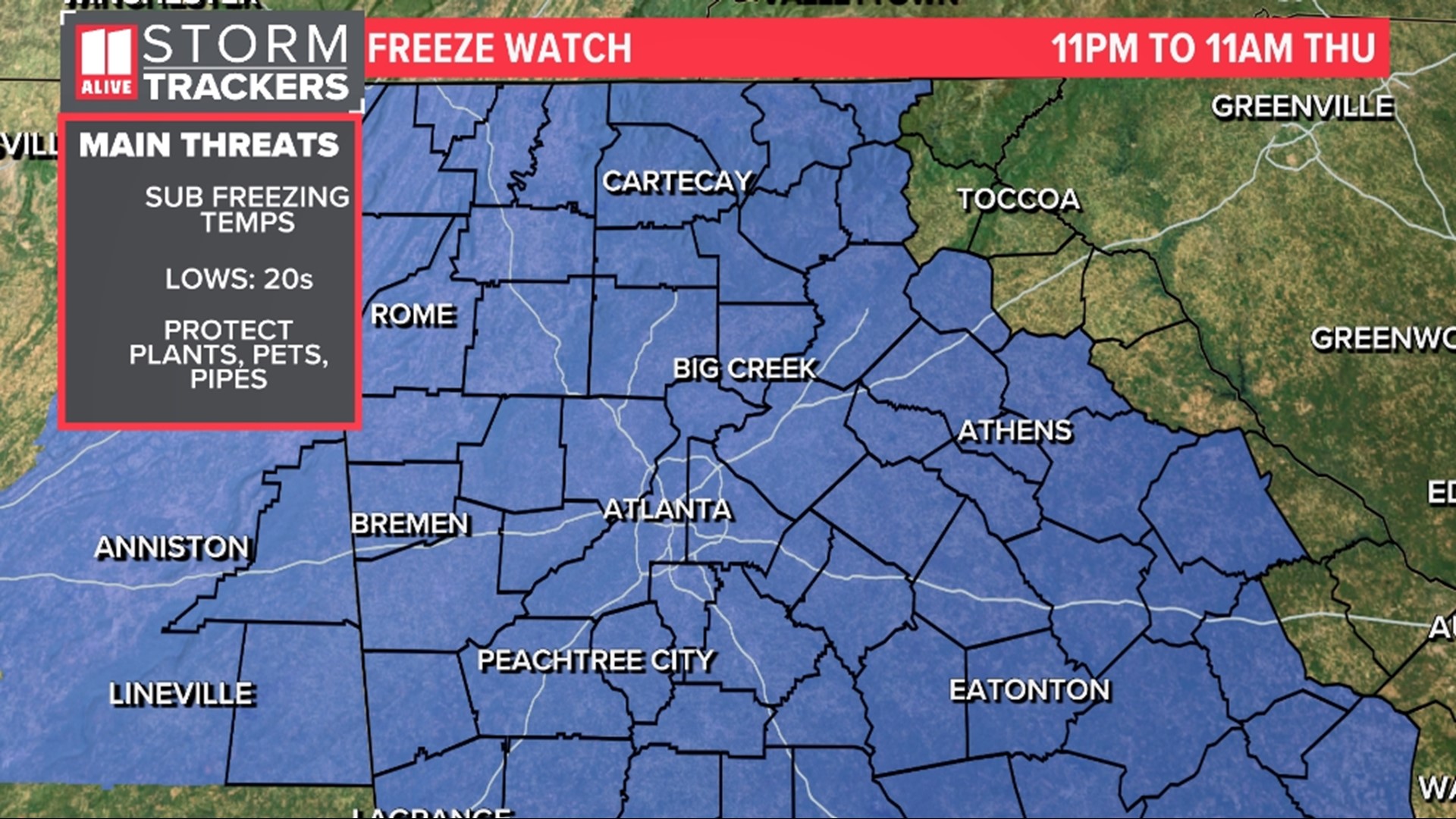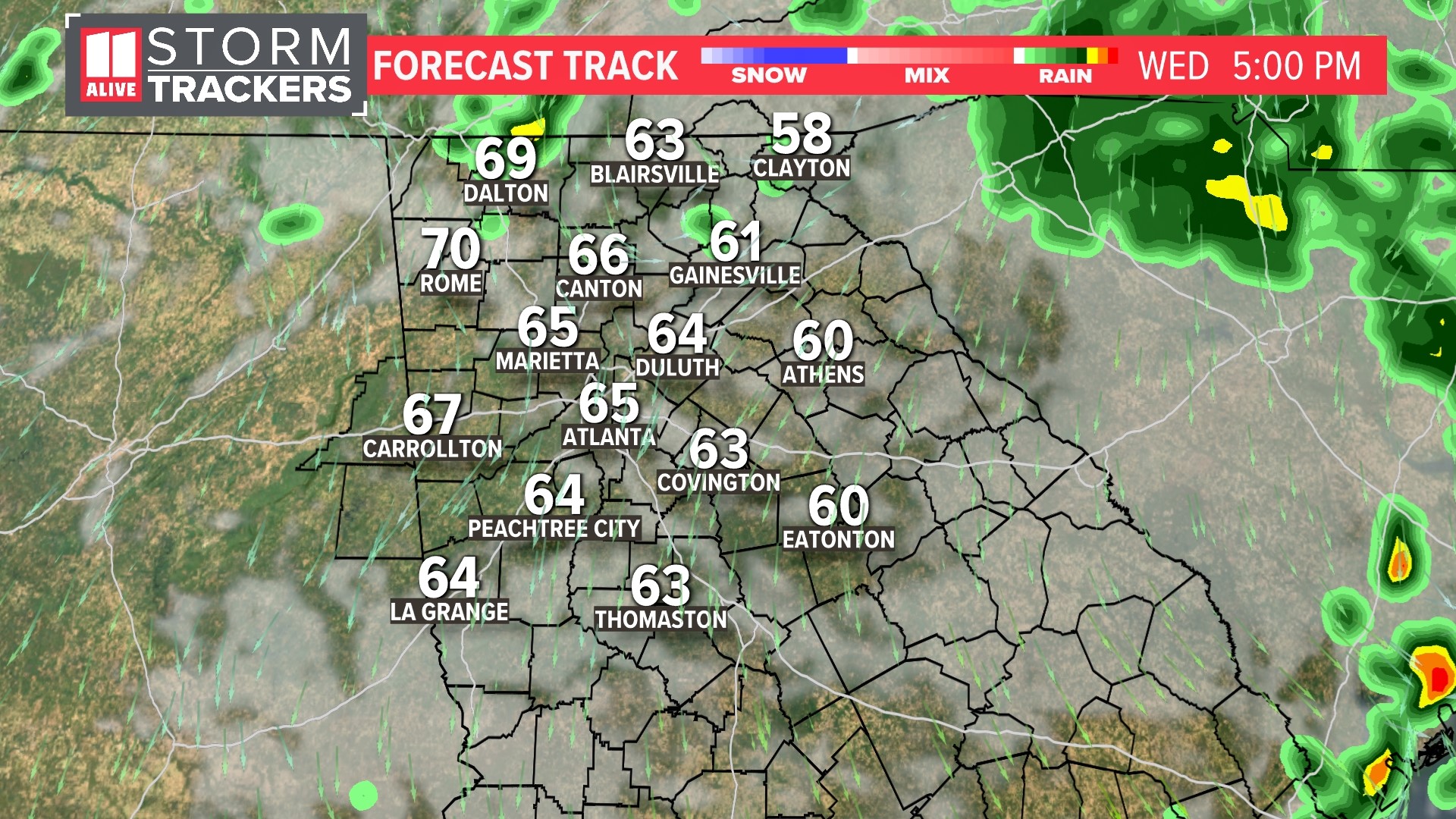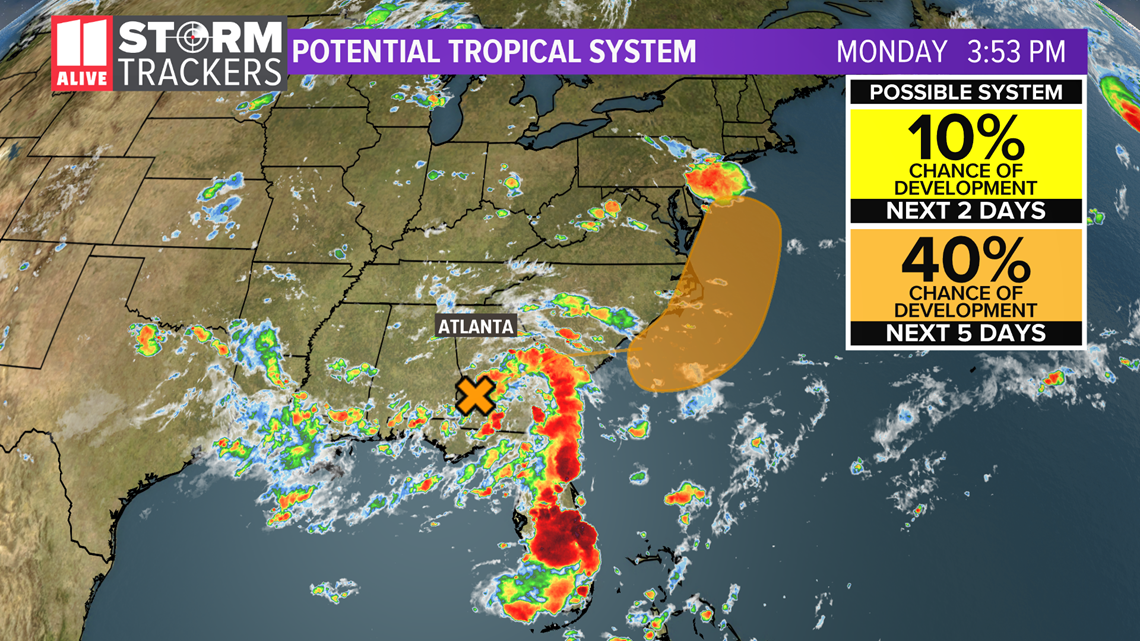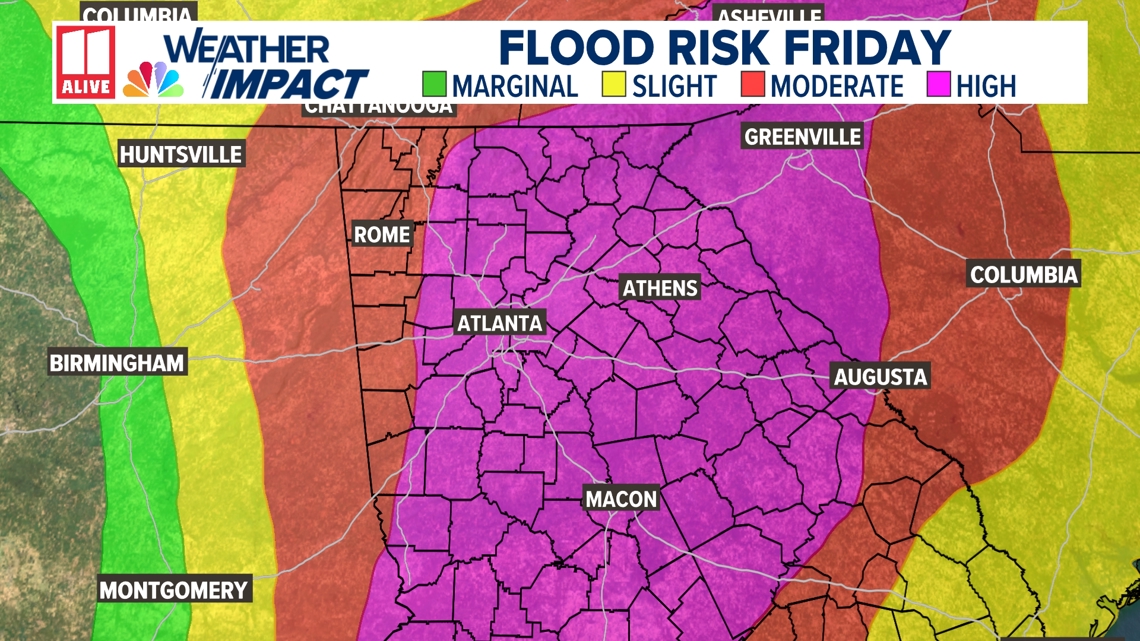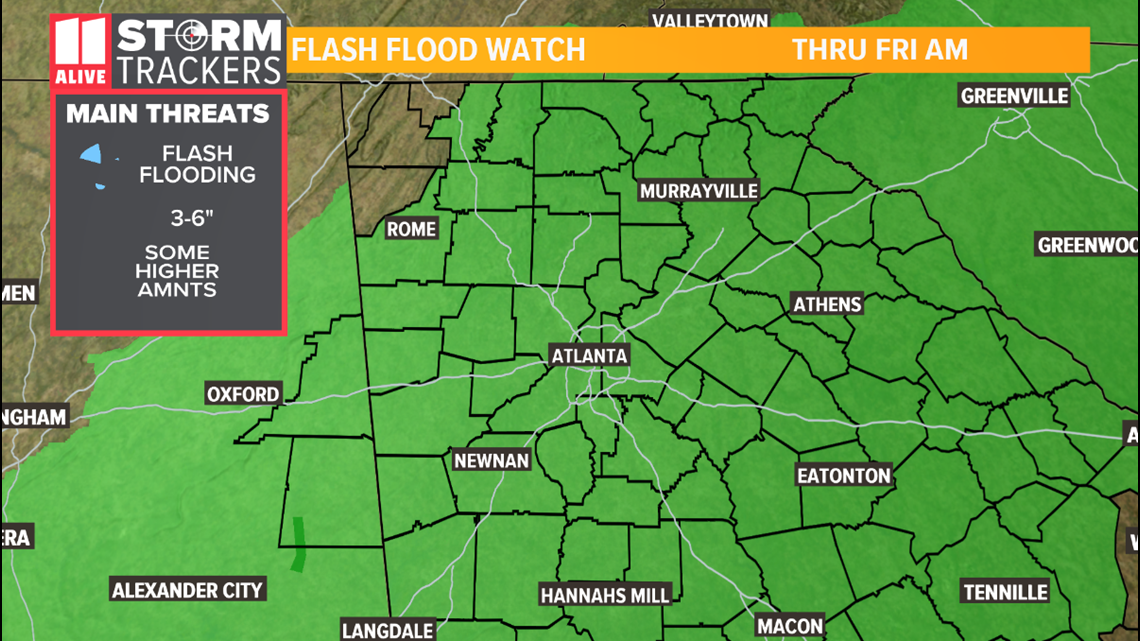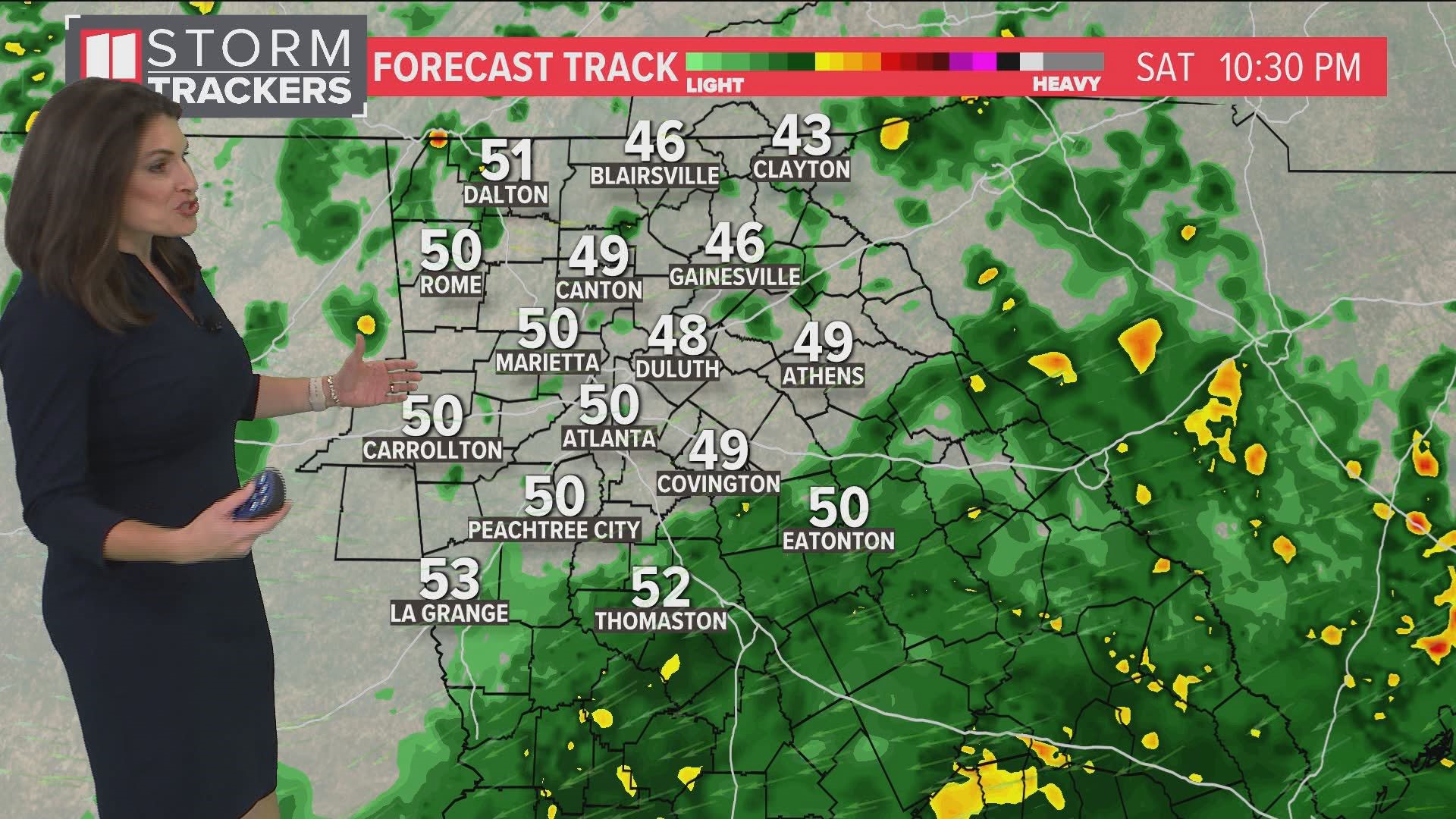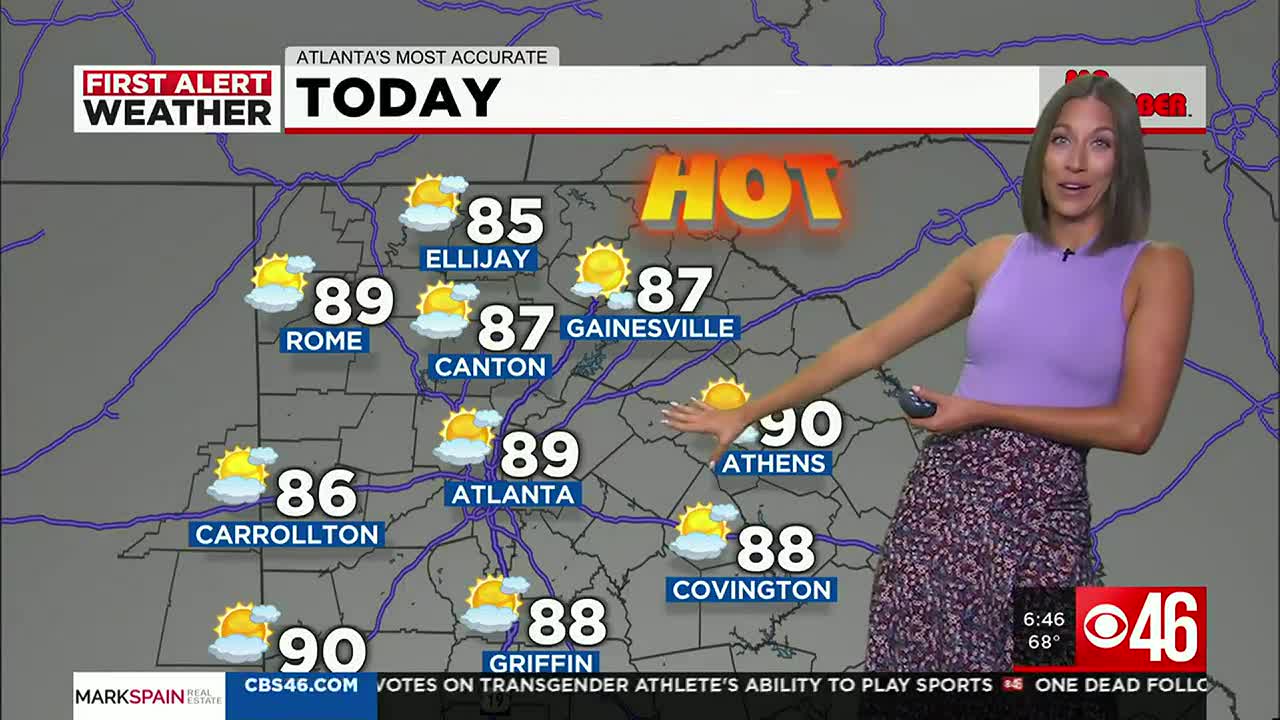Forecasting the Future: Understanding the National Weather Service
The National Weather Service (NWS) is a crucial organization that plays a vital role in protecting life and property by providing accurate and timely weather forecasts, warnings, and other meteorological services. As part of the National Oceanic and Atmospheric Administration (NOAA), the NWS has been serving the nation for over 150 years, with its mission to "forecast and warn" severe weather events, ensuring public safety and promoting economic prosperity.
History
The National Weather Service has a rich history dating back to April 22, 1870, when it was established as the United States Weather Bureau. Initially, the organization was responsible for collecting and disseminating weather data, including temperature, precipitation, and wind speed. Over time, the NWS evolved to include forecasting capabilities, with the introduction of radiosonde technology in the early 20th century.
The Role of the National Weather Service
Today, the National Weather Service is responsible for:
Forecasting weather conditions using computer models, satellite imagery, and radar data
Issuing warnings for severe weather events such as tornadoes, hurricanes, floods, and blizzards
Providing climate information and long-term forecasts to support decision-making in agriculture, energy, transportation, and other sectors
Maintaining a network of over 1500 weather observation stations across the United States
Services Provided
The National Weather Service offers a range of services to the public, including:
Forecasting: Hourly and daily forecasts for specific locations, as well as national and global outlooks
Warning Systems: Issuing warnings for severe weather events, such as tornadoes, hurricanes, and floods
Climate Data: Providing historical climate data, including temperature, precipitation, and other metrics
Water Resources: Monitoring river levels, lake stages, and reservoir levels to support water management decisions
Impact
The National Weather Service has a significant impact on the daily lives of Americans. By providing accurate and timely weather forecasts, warnings, and other meteorological services, the NWS helps:
Protect life and property from severe weather events
Support agriculture, energy, transportation, and other industries that rely on weather data
Inform decision-making in emergency management, public health, and environmental policy
In conclusion, the National Weather Service is a vital organization that plays a critical role in protecting life and property, supporting economic prosperity, and promoting public safety. Through its forecasting, warning systems, climate data, and water resources services, the NWS helps Americans prepare for and respond to severe weather events, ultimately contributing to the well-being of our communities.

